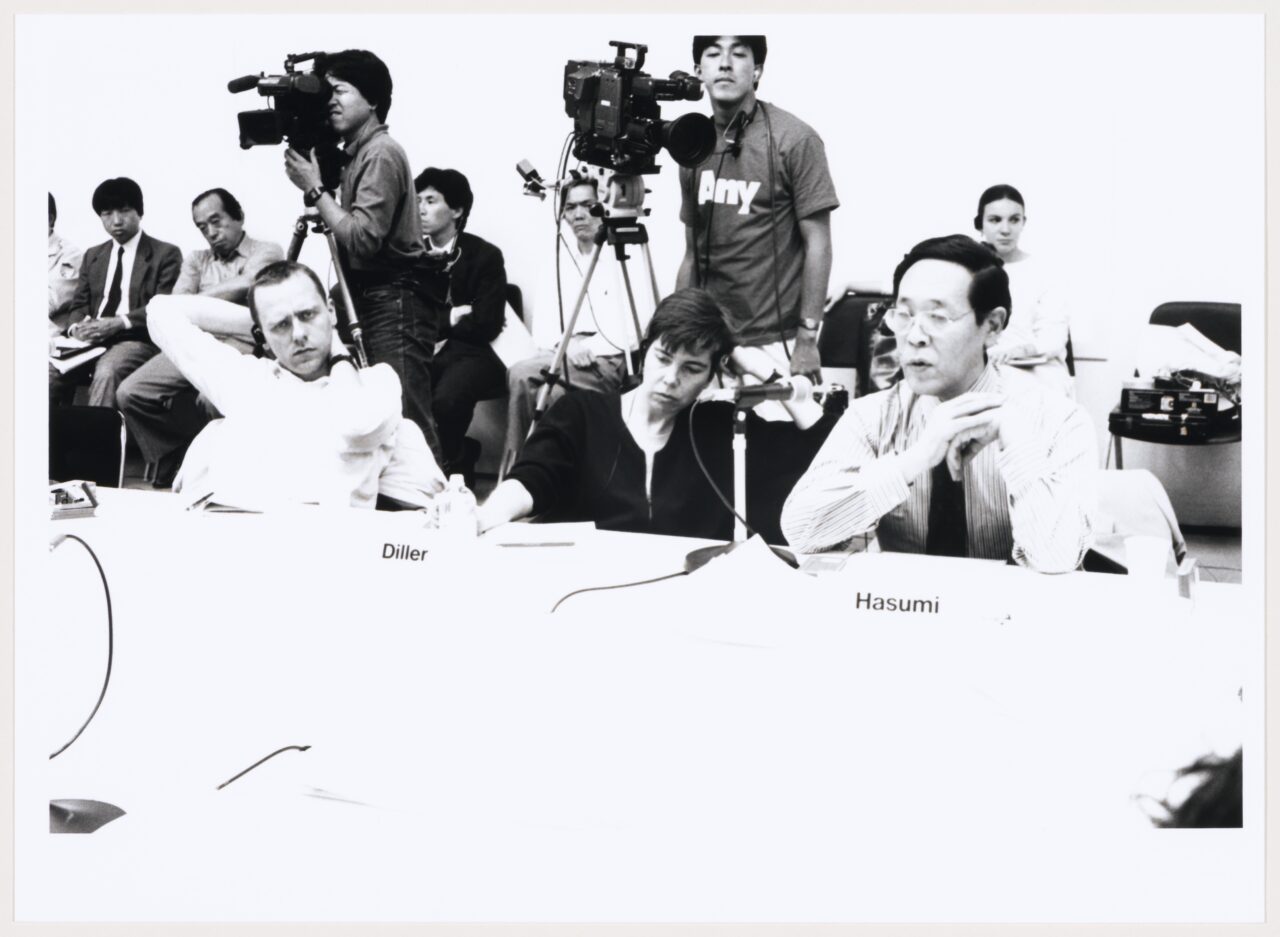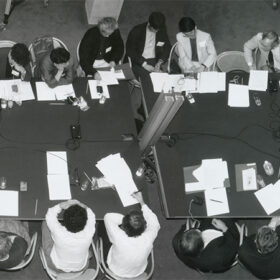
This research project sets out to develop a new methodology of crossing disciplinary perspectives with the goal of unlocking a multidisciplinary historiography of architecture. It is based on the conviction that something fundamentally new can be learned from the exchanges that architects have had with other disciplines.
After World War II, disciplines like sociology, geography, and health increasingly became involved in the design of the built environment. So much so that, by the latter half of the twentieth century, architecture had become a complex practice involving countless disciplines (including urban planning, landscape architecture, mobility, sustainability, building physics, health, biodiversity, and circularity) and many stakeholders (such as municipalities, residents, neighbourhood associations, and end-users). Architects were quick to respond to this paradigm shift, and developed concepts that could account for the complex interplay of these different concerns (called ‘the social turn’ and ‘the ecological turn’ in design practice). Yet despite this evolution within the profession, architectural historiography has not always accounted for the complexified conception of architecture held by architects and experts from other fields. Architectural historiographies are still largely being written as histoires des idées that focus somewhat exclusively on the concepts of architects, and, as a result, have become distanced from the practice of architecture. To overcome the gap between existing ‘single-perspective’ histories of architecture and the ‘multiperspective’ cosmopolitan practice of architecture, Dr. Cathelijne Nuijsink is currently conducting an SNSF-funded research project that addresses the urgent need to recalibrate our histories and study the knowledge that arises from a confrontation of different disciplinary perspectives.
The Any Conferences (1991–2000)
The pivotal case study selected to develop a method for writing a cross-disciplinary history of architecture is The Any Conferences (1991–2000). This series of ten annual, multidisciplinary and cross-cultural conferences were initiated by the theory-architects Arata Isozaki, Ignasi de Solà-Morales and Peter Eisenman, and the editor Cynthia Davidson, with the aim to investigate the condition of architecture and its relation with general culture at the end of the second millennium. By inviting architects along with philosophers, economists, gender theorists, activists, art critics, and the like to engage in architectural discourse, The Any Conferences represent a rare case in the history of modern architecture in which an attempt was made to open the architectural discourse and bring people whose discourse involves the themes of architecture into the framework of the physical environment of cities and building. To stake out this multidimensional approach, she will not only be examining the various disciplinary ideas presented at the Any Conference table. Equally important are the prior knowledge brought to the conference, the crossing of disciplinary perspectives and their resistances and modifications during the conference, and the aftereffects and repercussions of the conference on the careers of participants and on broader architectural debates. It is precisely in the crossing of perspectives, she posits, where architectural ideas can change, mutate, or evolve, and a ‘crossed history’ emerges, which in turn stimulates new perspectives in the field of architecture.
Dr. Cathelijne Nuijsink is Senior Lecturer in the Chair of the History and Theory of Urban Design at ETH Zürich, where she is developing new historiographic methods that enable histories of architecture in the latter half of the twentieth century to be written in a way that is more inclusive, interdisciplinary, and polyvocal. In addition to her role as Senior Lecturer at ETH Zürich, during the academic year 2022–2023 Nuijsink is a Postgraduate Associate in The History, Theory and Criticism of Architecture and Art (HTC) programme at Massachusetts Institute of Technology (MIT) as part of the SNSF-funded research project Unlocking the ‘Contact Zone’: Toward a New Historiography of Architecture.
